
|
Dispersion of forest pests |
|||
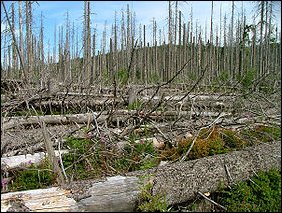 Figure 1: Dispersion of forest pests Source: de.wikipedia.org |
Dispersion of forest pests
|
||
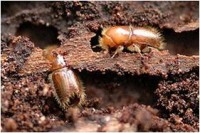 Figure 2: European Spruce Bark Beetle. Source: James K. Lindsey at Ecology of Commanster |
|||
| Mass reproduction of the European Spruce Bark Beetle has been shown to lead to severe forest dieback as their larvae feed on the inner bark of living but attenuated, dying and dead trees. Knowledge of the controlling factors of their reproduction is crucial for successful forest management and for the planning of mitigation measures. Influential factors for the (mass) dispersion of the bark beetle are climate parameters such as temperature and wind, as well as site parameters such as the distribution of spruce, stand age and density. In addition, topographical attributes such as terrain and soil conditions can influence the development of their populations. The goal of this pilot study was to validate whether artificial neural networks were suitable for the spatial prediction of infections and mass reproduction in future studies. | |||
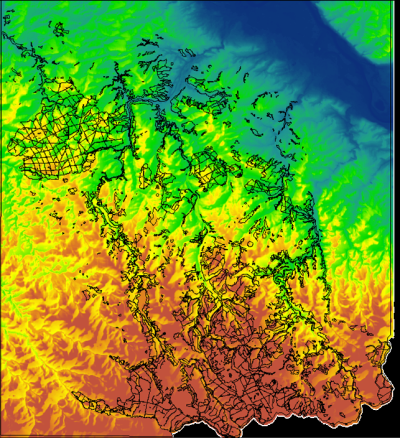 Figure 3: Modelling area in the north of the studied forest district |
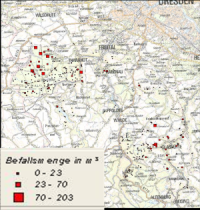 Figure 4: Location of affection areas of the European Spruce Bark Beetle in the modelling area |
|||||
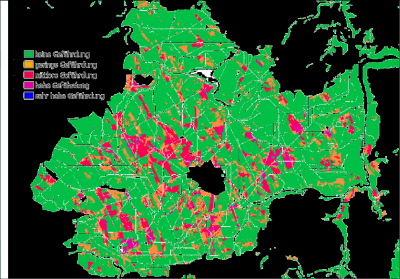 Figure 5: Intersection result of 15 different model approaches Figure 5: Intersection result of 15 different model approaches |
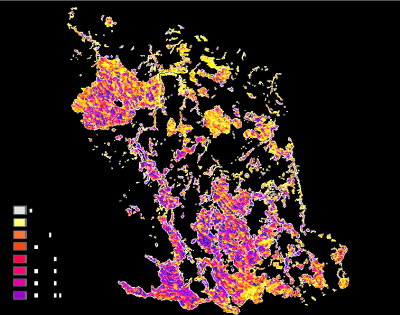 Figure 6: Application of the validated network to the whole forest district |
|||||
